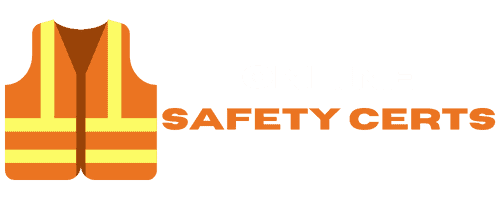When working in an industrial environment, ergonomic hazards can pose a risk to the musculoskeletal system. Poor ergonomics can contribute to muscle strains, fatigue, and repetitive motion injuries. A proper ergonomics program can minimize these hazards while improving worker performance and well-being.
Ergonomics is the process of optimizing the physical, psychosensorial, and psychological factors that affect workers’ performance in order to increase their productivity and efficiency. These factors include the workplace workstation and tools, as well as the environment and human errors. The goal is to provide a safe and comfortable workstation where employees can do their jobs. It is also about preventing injuries and illness.
The first step in a successful ergonomics program is to identify and eliminate ergonomic hazards. This can be done by conducting an ergonomic hazard analysis. An ergonomic hazard analysis involves a systematic process, that includes observing employees’ behaviors and physical conditions, recording the results of the examination, and conducting an employee questionnaire. In some cases, videotaping a workstation is also used.
Next, an ergonomics team should conduct ergonomic surveys. Surveys should include all employees as well as individuals who are experiencing pain or discomfort. Employees should be asked to report any aches or pains that occur in their body, as well as musculoskeletal disorders (MSDs). MSDs are more common in certain occupations, such as stock keepers, nurses, and typists.
A second step in the process is to identify the risk factors associated with the job tasks. By observing employee work processes, the ergonomics team can determine which tasks have the highest risk of injury. Some of the key risk factors are the work load, the workstation design, the employee’s posture, the use of equipment, and a combination of these. If the employee experiences multiple occurrences of high-risk factors, then these are good indicators that control measures need to be put in place.
Third, a training program for supervisors should be established. This will allow the supervisor to recognize and report on cumulative trauma disorders. Additionally, the supervisor will be trained in ergonomics, hazards, and controls.
The employer should concentrate on the areas of greatest risk during the program. For example, if a person works on an assembly line, it is important to train them on how to handle repetitive motion injuries. If the employee has a lot of heavy lifting to do, then they should be trained on how to lift efficiently. They should also be encouraged to take frequent breaks.
Finally, the ergonomics protection program should be reviewed and evaluated annually for its ability to effectively remove ergonomic hazards. This will include assessing whether the program has achieved its goals and the degree to which it has prevented injuries. Upon completion of the program, the CEO will be given a report on the effectiveness of the program.
Implementing a successful ergonomics program is not always easy. However, it can be accomplished with the help of a qualified ergonomics consultant.

